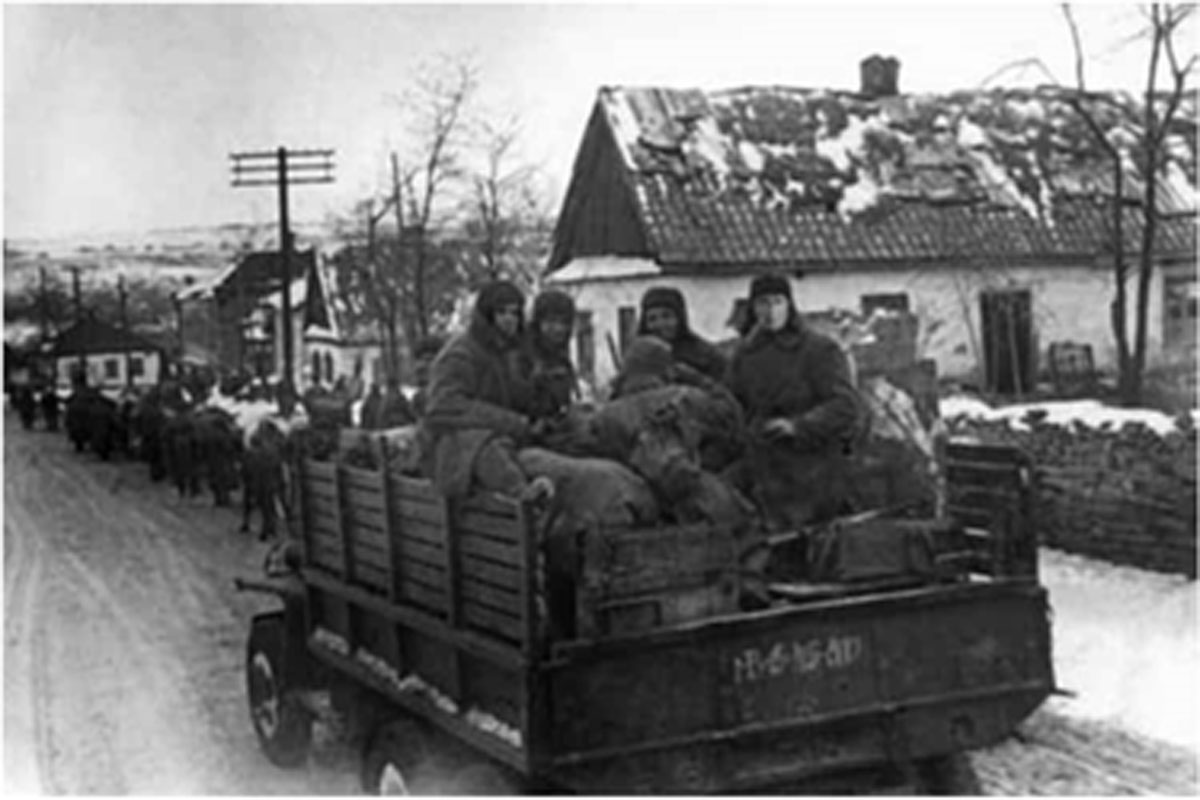
Facts About What Soldiers Ate In WW2
Emily Mast
There were approximately 70 million people who fought on both sides of World War II. That meant that the world powers had to come up with some massive scale operations to make sure their troops were getting the nutrition and calories they needed.
Different military leaders came up with different strategies. For the Germans, combat soldiers received one meal, while office workers received another. Those behind enemy lines in Europe might carry portable, non-perishable rations, while those a little farther back got to enjoy the food from field kitchens. Then you have the US Navy, who built an entire floating ice cream factory in the Pacific Ocean to keep their soldiers’ morale high.
Food is vital to keeping the body, and mind, strong – and the military leaders of World War II did their best to keep their troops full and satisfied (as much as they could at least).
________________________________________
• Photo: Unknown / Wikimedia Commons / CC-BY 4.0
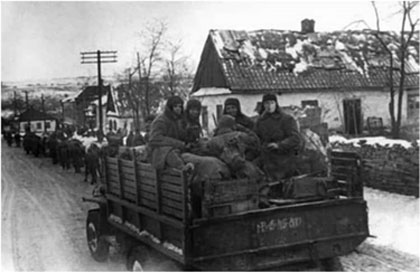 1
1
Soviet Troops Drank Carrot Tea When Supplies Ran Short
Toward the end of the war, Russian soldiers in certain locations were running very low on supplies. So, their cooks came up with some ingenious options to keep morale afloat.
An example of this was carrot tea. To make this concoction, Soviet chefs would grate carrots and boil them with Laetiporus sulphureus tree fungus. The carrots would give the tea a sweet flavor, while the fungus gave the liquid a dark brown color.
In a way, this would trick the soldiers’ minds into thinking they were getting a more substantial tea than they actually were.
• 33 votes
What do you think?
Tasty fact?
• • Photo: RenseNBM / Wikimedia Commons / CC-BY-SA 4.0
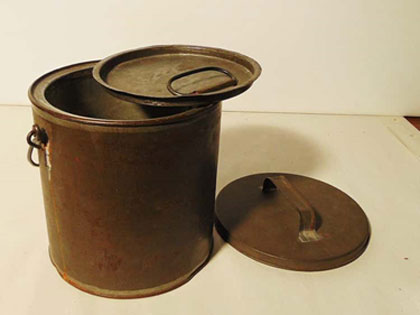 2
2
Elite German Soldiers Received A Special Food Perk Before A Dangerous Combat Mission
Parachuting into enemy territory in the 1940s had to be terrifying. So one way the Germans tried to treat the paratroopers about to go into combat was by giving them special food that no other soldiers received.
In the pack, there were highly coveted items, including real canned cheese, two cans of ham chunks, powdered milk and instant coffee, Knäckebrot (crispbread), and candy drops.
The soldiers were also given the regular portable rations to be eaten on the ground, which included Erbswurst, a soup that was condensed into a pellet. A soldier would add the pellet to boiling water and have instant soup in a minute.
Tasty fact?
• • Photo: Evan-Amos / Wikimedia Commons / Public domain
 3
3
M&Ms Were Exclusively Reserved For US Soldiers During WWII
M&Ms have a strong connection to wartimes. The inventor, Forrest Mars Sr. of the Mars candy company, first had the idea when he was making Mars Bars for soldiers in the Spanish Civil War.
When talking with some volunteers, he heard of chocolates encased in sugar shells, which prevented them from melting.
Mars got to work creating the design behind his iconic M&Ms. He moved the production process to the US, where he was granted a patent for his manufacturing process in 1941.
When the United States entered World War II later that year, the new candies were exclusively sold to the US military, as the candies wouldn’t melt in the soldiers’ ration packs.
• Tasty fact?
• • Photo: Unknown / Wikimedia Commons / Public domain
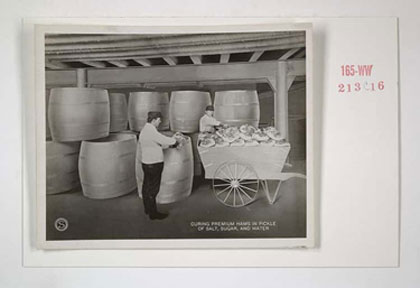 4
4
British Troops On The Front Made Do With The 14-Man Rations
British troops on the front line were sometimes sent there before portable kitchens could be established. In these cases, the soldiers would be given the “14-man ration,” a wooden crate with enough food to feed 14 men for a 24 hour period.
The contents of the 14-man ration differed, to add some diversity to the food the soldiers were eating. However, there were often staples in the box: tins of preserved meat (like spam or bully beef), kidney pudding, beans, biscuits, jam, cheese, soup, oatmeal, sausage, and chocolate to help boost morale a bit.
However, every box always contained one British necessity: tea (along with powdered milk to add to the cup).
• 34 votes
Tasty fact?
• • Photo: Unknown / Wikimedia Commons / Public domain
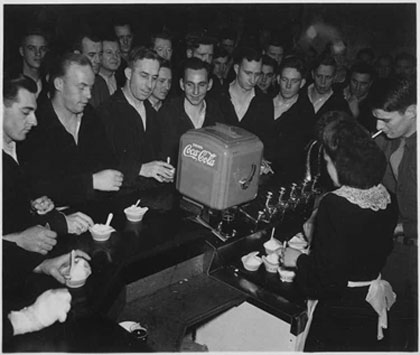 5
5
US Soldiers Consumed 135 Million Pounds Of Ice Cream A Year
Ice cream is a pretty popular treat in America. But back in the ’40s, it was an extremely popular treat. So much so, that US officials were convinced that they had to make ice cream available to the brave men and women serving overseas.
As there weren’t any ice cream shops on the frontlines, they had to get creative. This included spending $1 million converting a barge in the Pacific Ocean into a mobile ice cream factory that could hold 2,000 gallons of ice cream.
For those on land, small ice cream camps were built on the battleground, with runners bringing soldiers individual cartons at the front lines.
In a one year span, the US shipped 135 million pounds of dehydrated ice cream to the war efforts.
Tasty fact?
• • Photo: Unknown / Wikimedia Commons / CC-BY 2.0
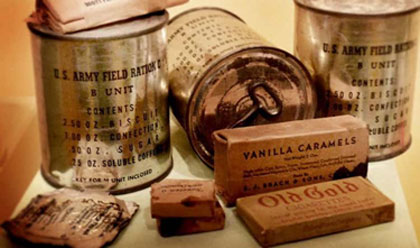 6
6
American C-Rations Were The Most Caloric Of The War
While airborne units and troops a little further from the action got the K-ration, frontline soldiers got C-rations.
The C-ration was designed to have the most calories possible for the troops serving in combat. And they delivered – C-rations included three meals, which totaled 3,700 calories. (For reference, modern day nutrition experts recommend active 20-year-old males to ingest roughly 3,000 calories per day.)
But high calorie count didn’t mean these meals were tasty. The meals consisted of canned corn beef or bacon or frank and beans as the main course, along with some hard crackers, canned fruit, instant coffee, chocolate bars, and chewing gum.
As the war progressed, the food became a bit more developed, including stew, spaghetti, eggs and potatoes, and meat and noodles.
Tasty fact?
• • Photo: Unknown / Wikimedia Commons / Public domain
 7
7
A Finnish Soldier Ate A Siberian Jay Bird Raw During A Meth High
If there is a soldier who wins the weirdest culinary (and maybe overall?) experience of World War II, it has to be Aimo Koivunen. Koivunen was part of the Finnish army, who fought alongside the Nazis.
During a ski patrol with some fellow Finnish soldiers, Koivunen’s group was attacked by Soviets. Each of Koivunen’s comrades was carrying a different supply; Koivunen was carrying the patrol’s supply of Pervitin pills. Pervitin pills were given to soldiers to help them stay awake and remain strong. And what was in them?
Methamphetamine.
As he was skiing for his life, Koivunen didn’t have time to pull out a single pill. So he dumped the entire bottle – 30 pills – into his mouth. Doctors can’t understand how he didn’t overdose, but Koivunen went on the trip of the lifetime (in both senses of the word).
In a two week span, he covered 250 miles. In that time, he found an abandoned cabin, started a fire to stay warm, fell asleep, and burned the cabin down around him. Then, he came across an abandoned Nazi camp and stepped on a landmine – nearly ripping his leg apart.
As he laid in the snow after his injury, all he ate was pine nuts and a Siberian jay bird, which he caught and ate raw.
By the time he stumbled upon help, Koivunen weighed only 96 pounds, and his resting heartrate was 200 BPM.
However, they were able to stitch Koivunen up – and he ended up surviving and lived to the age of 71.
Tasty fact?
• • Photo: PhotosNormandie / Wikimedia Commons / CC-BY-SA 2.0
 8
8
Ancel Keys Created The K Ration For The United States Military
Up to World War II, there was a real issue with getting certain soldiers food. For example, if a soldier was stationed in a remote area for an extended time, how would they keep their food good? Or say a soldier was surveilling the enemy – they didn’t want to draw attention, so how would they cook food?
The US Army wanted a long-term solution to this issue, so they ordered Ancel Keys, a health scientist, to figure out a solution. Keys came up with the K Ration, a lightweight pack of food that would provide any soldier with 3,000 calories. Equally as important, the food was all nonperishable.
The K Ration became the standard for many mobile American soldiers during the war, particularly airborne units who didn’t have much space. The three-meal packs included everything from cans of cooked ham, cigarettes, bags of coffee, biscuits, caramel, or candies.
Tasty fact?
• • Photo: No 9 Army Film & Photographic Unit / Wikimedia Commons / Public domain
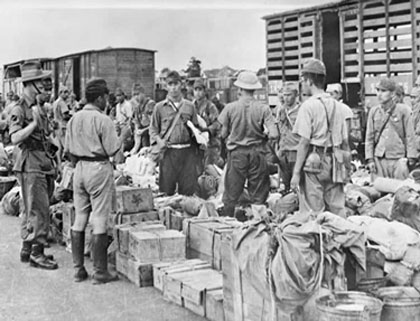 9
9
Japanese Rations Were Lacking In Protein And Overall Nutrition
While the higher ups in the American military prioritized compact, preservable nutrition for their soldiers, Japan’s leaders appeared to have other priorities.
In a report published in a 1944 issue of the Intelligence Bulletin, American personnel detailed what they had found in Japanese soldiers’ packs for food. They noted that roughly 50% of the
Japanese soldiers’ diet was rice, mostly polished (also known as white). They often seasoned the rice with soy sauce or miso paste. There were two typical Japanese rations that the Americans found:
Ration A had 30.7 ounces of rice, 5.3 ounces of meat or fish, and a small amount of seasoning and flavoring.
Ration B had 24.4 ounces of hard biscuits in three paper bags (enough for three meals), 2.1 ounces of meat or fish, and a small amount of seasoning (salt and sugar).
These small rations provided less protein and overall calories for the Japanese soldiers than the American troops were receiving.
Tasty fact?
• • Photo: Julius.jaa / Wikimedia Commons / CC-BY 2.0
 10
10
Rye Bread And Potatoes Were The Main Staples Of The Wehrmacht
The Nazis had an extremely calculated breakdown for how much food a soldier should receive. Troops were separated into four groups: those in combat, occupation troops, garrison troops within Germany, and office workers and nurses within Germany.
Everyone’s rations were heaviest in rye bread, potatoes, and fresh fruits and vegetables. However, those in combat would receive 700 grams of rye bread, when the office workers only received 600 grams.
The biggest discrepancy between groups was the amount of meat they received. Those in combat received 136 grams of meat, occupation troops received 107 grams, garrison troops received 90 grams, and office workers and nurses received only 56 grams of meat.
Combat soldiers also received more in fats and bread spreads, sugar, and were given seven cigarettes, while the bottom of the rung received only two.
Tasty fact?
• • Photo: Unknown / Wikimedia Commons / Public domain
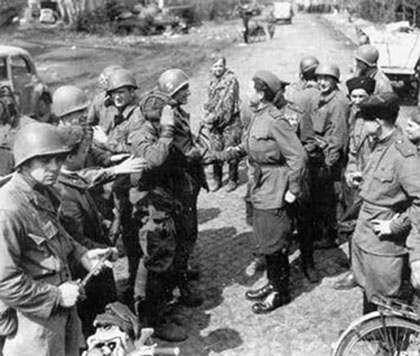 11
11
Soviet Troops Made ‘Rzhevsky Bread’ From Potatoes
Another unique item on the Soviet soldiers’ menu was called “Rzhevsky” bread.” Don’t be fooled by the name – this “bread” was actually made entirely of potatoes and bran.
To make this hearty dish, chefs would boil potatoes, remove the skins, and put the potatoes through a meat grinder. After the potato mash cooled, they added bran and salt, kneaded the mixture, then baked it in tins.
While this may seem like a lot of extra work (why not just boil the potatoes and have the soldiers eat that?) remember how much of an effect food has on one’s mental state. Eating the same bland thing over and over can really negatively impact morale, and that’s the last thing you want on the battlefield.
Tasty fact?
• • Photo: Unknown / Wikimedia Commons / Public domain
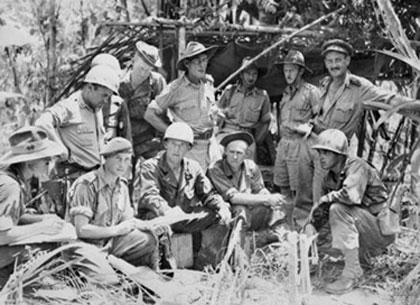 12
12
Australian Troops Survived On Corned Beef And Biscuits For Months At A Time At The Start Of The War
Australian leadership was vastly underprepared when it came to feeding their thousands of troops. One particularly hard hit place was Papua New Guinea, the island just north of Australia.
After the Japanese conquered the island, they treated the native New Guineans horrifically. They would steal all their food and kill anyone who dared to defy them.
When the Allies (mostly Australians) went to the island, they were suddenly living in jungles without access to many modern conveniences. Since the Australian military didn’t have an organized ration system at this time, some soldiers were forced to live on corned beef and biscuits for two months before getting more adequate food.
Tasty fact?


















